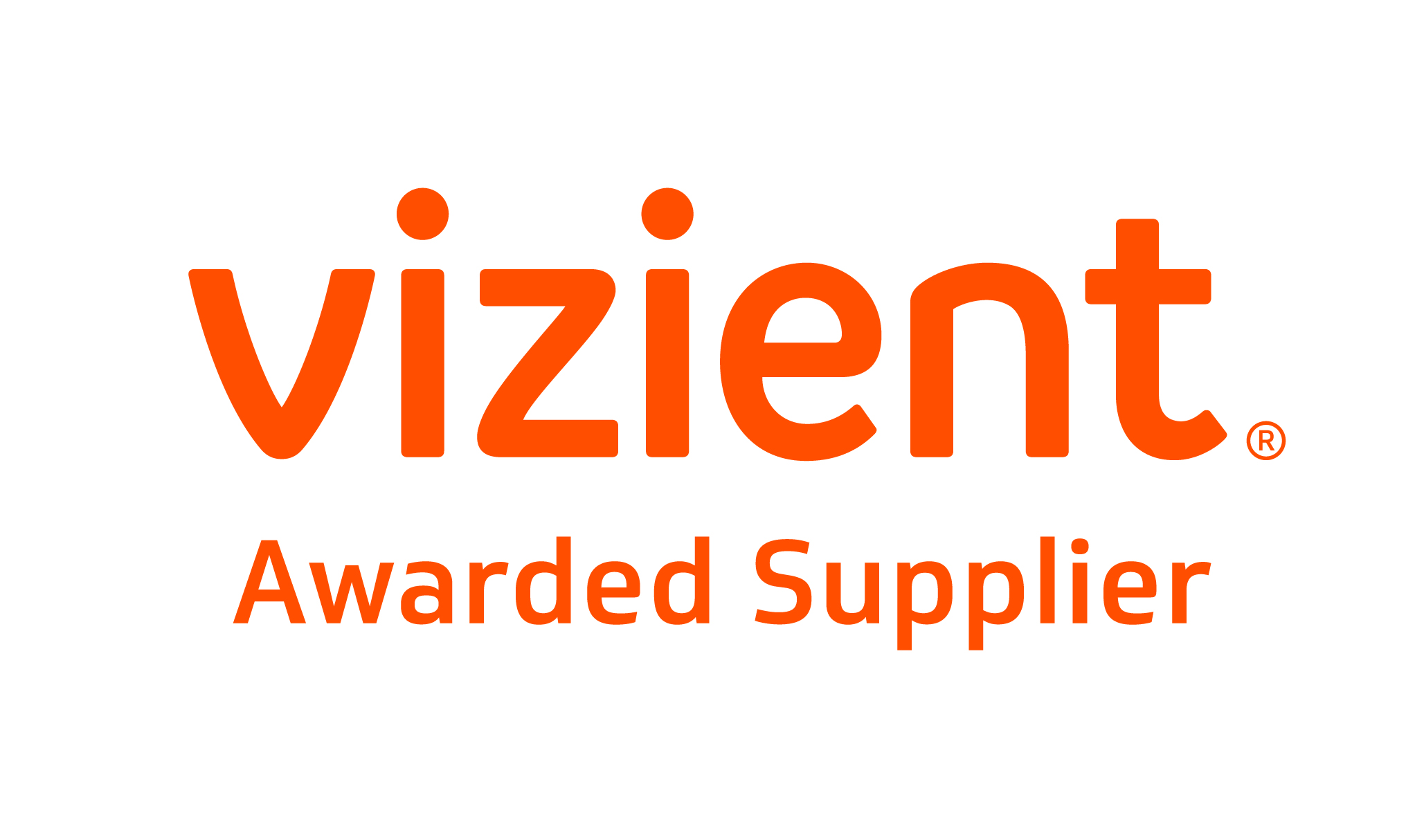Surgical supplies, drugs, and medical devices have risen in cost in the United States fueled by a myriad of local and global factors impacting the supply chain and the manufacture of medical supplies and equipment.
US Healthcare spending increased by 7.5% in 2023, partly due to increased medical equipment supply costs. This compares with a 4.6% increase in healthcare spending in 2022, and a 4.1% rise in 2021.
Specific examples of rising healthcare costs include rises in the costs of epinephrine, syringes, and saline IV bags.
According to data in the Spend Management Outlook recently published by Vizient, it’s estimated there will be further rises in medical supply costs. The report suggests a modest 3.84% increase in pharmacy and a 2.3% increase in non-pharmacy spending between July 1, 2025, and June 30, 2026. Other research suggests higher increases. PwC’s Health Research Institute (HRI) projects an 8% year-on-year increase in medical costs in 2025.
MAP co-founder Bradley Lewis believes the data reflects what is being seen with clients across the industry.
“Many of the healthcare professionals we work with are feeling the impacts of rising costs and issues with access to essential medical supplies . Medical supply prices spiked during the pandemic [primarily due to increased demand which most manufacturers were unable to support, leading to long term shortages and backorders. Things had bounced back to normal to a certain degree, but now the trade tariffs and supply issues are increasing costs again. At the same time, there continue to be multiple shortages in several product sectors - for instance, the current IV solutions shortages we’ve been dealing with since the end of September of last year. ”
The Causes Behind Rising Costs in Healthcare
Trade Tariffs
There are a few reasons why medical supplies are so expensive at the moment, and the recently imposed trade tariffs with China, Canada, and Mexico, are resulting in additional medical supply cost implications due to the higher costs of imports.
For example, the cost of syringes has been impacted and as a result, many US manufacturers are deciding to leave China in favor of manufacturing in the US. However, bringing production back to the US doubles the price of syringes.
Manufacturers reshoring production could have benefits and lead to long-term stability in the supply chain, but it’s also likely we will see short-term fluctuations in pricing.
Global Inflation Peaks
Global inflation has peaked with the post-pandemic impact on the worldwide economy and the war in Ukraine increasing the prices of many goods.
The same inflationary pressure the healthcare industry has felt since 2022 is expected to continue into 2025, and medical supply manufacturers are looking to recoup increased operating expenses through price rises on medical supplies passed on to the customer.
Supply Chain and Demand Issues
Price increases can also be linked to supply chain disruption that has persisted post-pandemic. This is partly because demand for equipment is far outstripping supply, and partly due to the capacity of the healthcare industry supply chain to take on new orders with a backlog of pre-orders from customers who increased order volume to protect themselves against future price increases.
As certain items become more difficult to find, some hospitals stockpile more than they need creating further supply chain and demand issues for the market. Overall market confidence is a factor too with manufacturers and investors remaining cautious due to market volatility.
A recent FDA article on Medical Device Supply Chain Vulnerabilities reports shortages in critical devices from ventilators and neonatal breathing tubes to hemodialysis catheters. The article author, Michelle Tarver, M.D., Ph.D., director of the Center for Devices and Radiological Health (CDRH) points out a wide range of factors contributing to current device shortages. The increased costs in materials and manufacturing that come with the trade tariffs could contribute to further issues with the supply of critical devices.
The American Hospital Association and Advamed have urged the Trump administration to consider granting exceptions to the tariffs for medical devices and pharmaceuticals made in Mexico, Canada, and China. The fear is that tariffs could cause further disruption to global supply chains, which thrive on predictability to maintain high production levels.
How Advanced Medical Pricing Solutions can Help Procurement Teams
Medical equipment procurement teams are struggling to manage budgets and access the supplies they need.
MAP Medical carries a large range of product lines with advanced medical pricing solutions to make it easier for customers to find medical supplies that fit their budgets.
While market price increases can't be avoided - we can provide a few advantages.
Our vast supply chain network coupled with our advanced logistics and inventory capabilities allow us to stock product in bulk from almost all medical product categories. This makes it possible to access a range of products and prices to match different budget constraints. Our advanced medical pricing solutions allow our healthcare partners to gain greater value for both their facilities and patients.
MAP Medical also maintains strong relationships with US manufacturers ensuring we have access to a robust supply line and beneficial pricing to help ease the current issues around supply chain shortages and ensure the best price for our clients.


Why is Medical Equipment so Expensive in 2025?